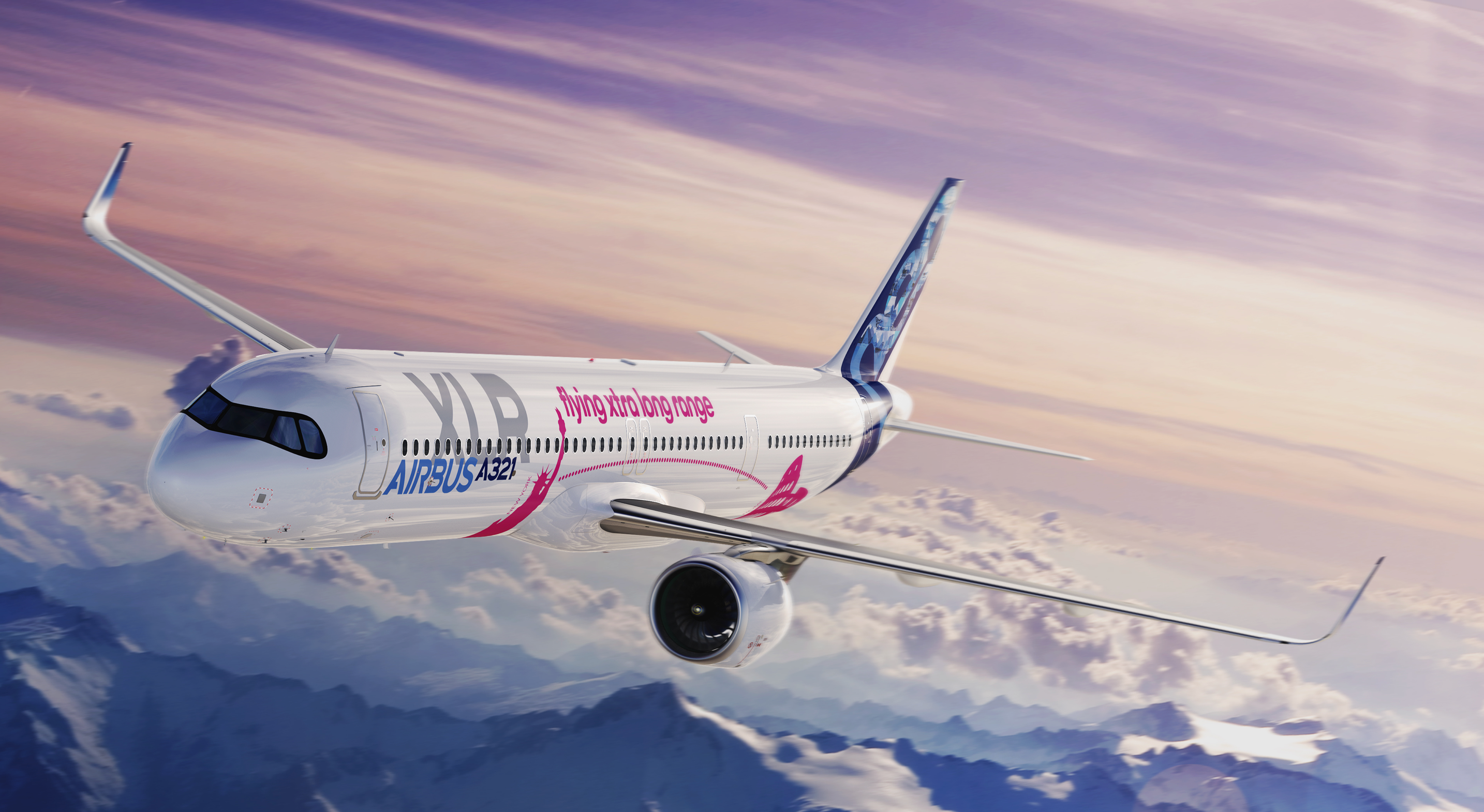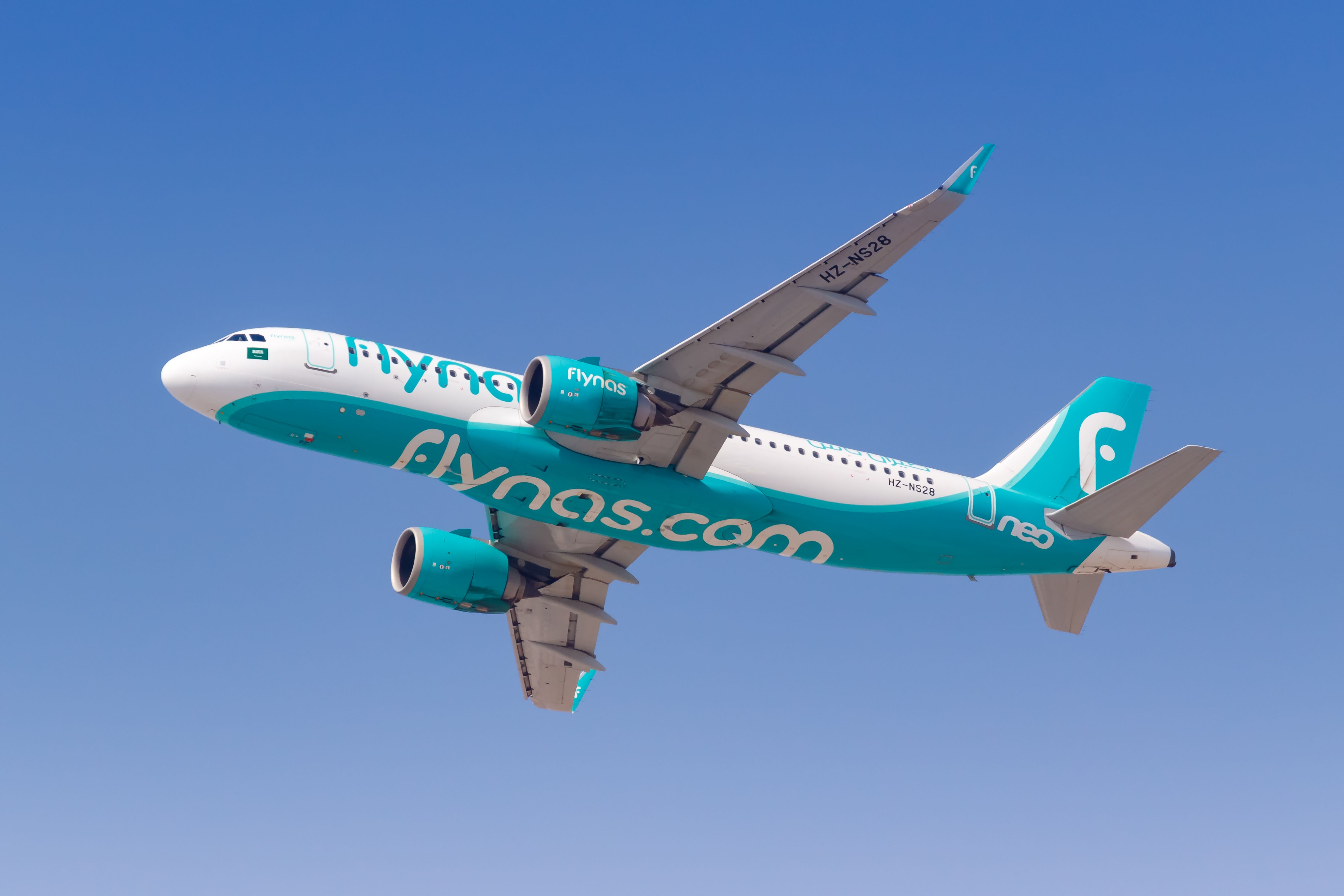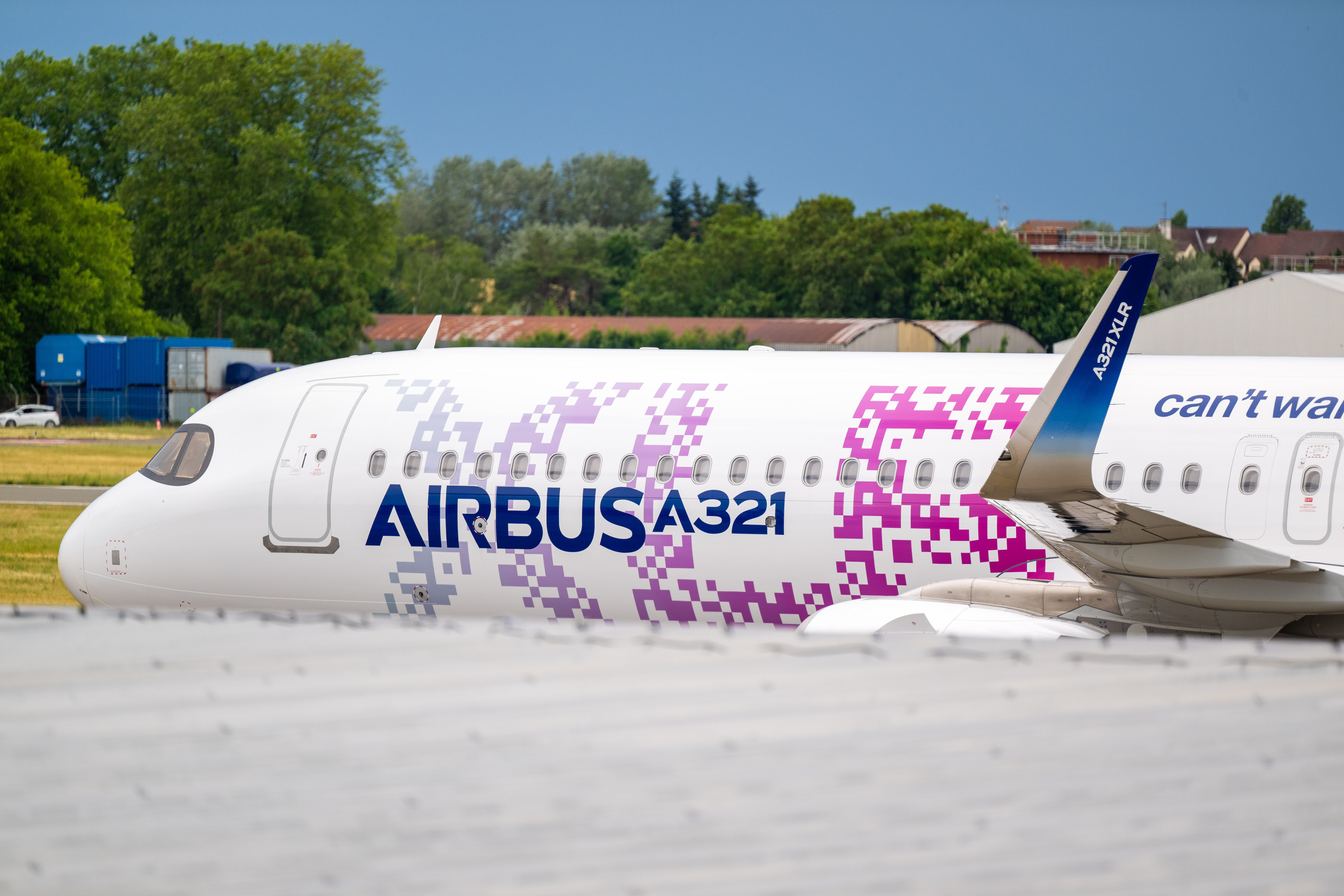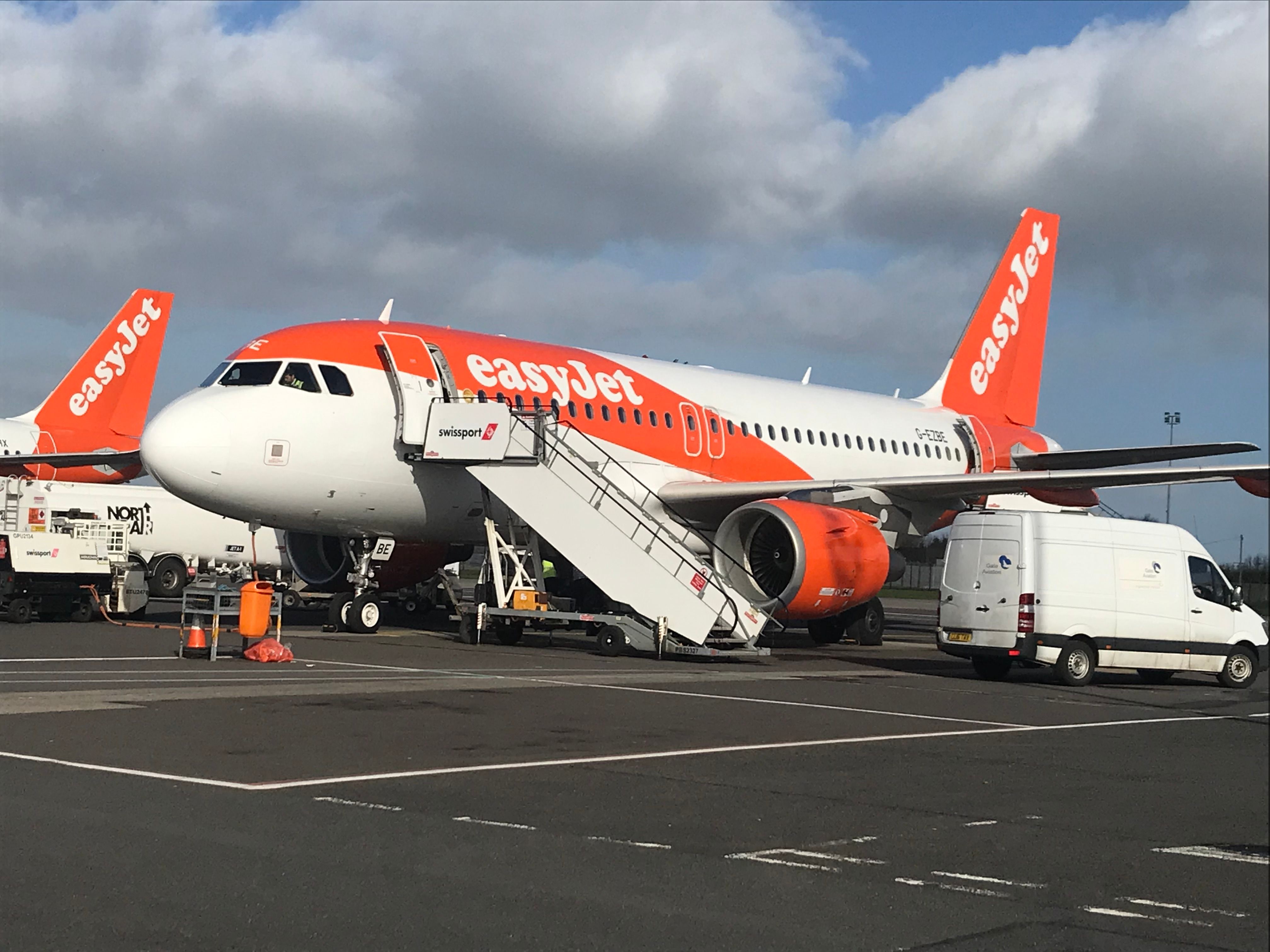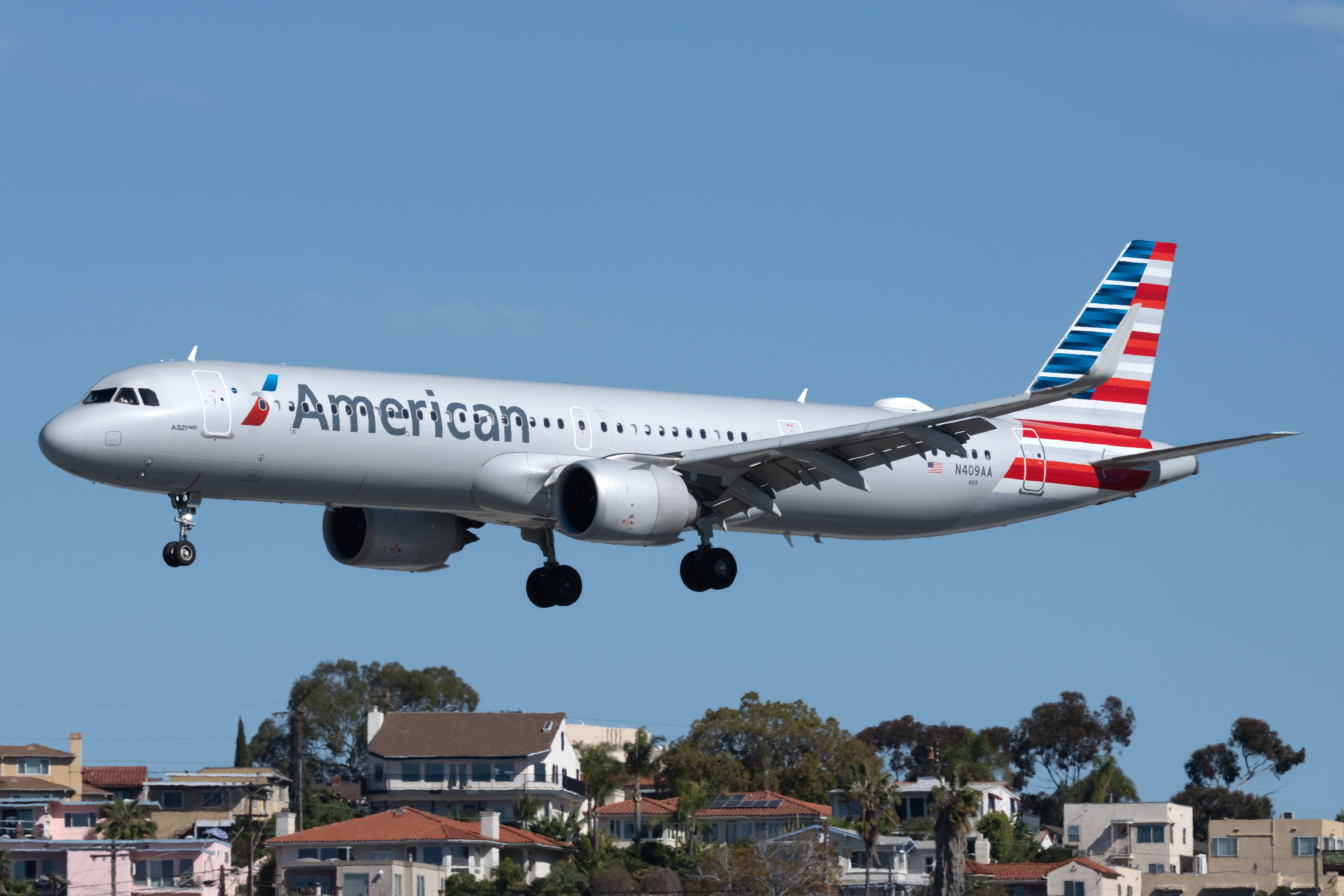Summary
- The Airbus A320 family consists of four models: the A318, A319, A320, and A321, each offering different passenger capacities and ranges.
- The introduction of the "neo" versions, featuring new fuel-efficient engines and other performance improvements, has further enhanced the popular family.
- Airbus' A321XLR, set to enter service in 2024, offers unprecedented range for a narrowbody aircraft.
The Airbus A320 family aircraft comprises four different variants, along with additional configurations within each. The A318, A319, A320, and A321. The A320 is one of the leading products offered by the European manufacturing giant.
The A320 is synonymous with many small and large airlines worldwide, aiming to provide comfortable short-haul flights to their passengers. It is also an aircraft of choice for some of the largest low-cost carriers, such as easyJet in Europe and Spirit Airlines in the United States.
The A321, the larger sibling, features most qualities of the A320, with additional passenger and cargo capacity. In recent times, the manufacturer introduced the neo (New engine option) version of jets, which features new fuel-efficient engines along with other performance improvements.
Apart from the A321neo, Airbus also introduced the A321LR (Long-range) and the A321XLR (Extra long-range) configurations, primarily featuring additional fuel tanks for greater range. The article focuses on the differences and similarities between the A320 and A321 models while highlighting unique operational applications and examples of the two types.
What models does the A320 family consist of?
To set the framework, let's begin by outlining the various models of the A320 family in a 2-class setting. Passenger numbers offered are in the lower range. However, the maximum capacity with a one-class configuration is significantly higher. For instance, the A321 can seat as many as 220 passengers in a high-density layout.
|
A318 |
A319 |
A320 |
A321 |
|
|
Passengers |
107 |
124 |
150 |
185 |
|
Range |
3,100 NM (5,741 km) |
3,750 NM (6,945 km) |
3,300 NM (6,112 km) |
3,200 NM (5,926 km) |
The New Engine Option
Here is the same table for the neo versions in a 2-class layout. Meanwhile, the high-density one-class set-up is proving somewhat of a battle among airlines looking to cram the most seats onto a narrowbody plane.
|
A319neo |
A320neo |
A321neo |
A321LR |
|
|
Passengers |
160 |
194 |
244 |
244 |
|
Range |
3,750 NM (6,950 km) |
3,500 NM (6,500 km) |
4,000 NM (7,400 km) |
4,100 NM (7,600 km) |
Capacity vs. range
The above specifications highlight the differences between the two models. We can see that while the A320ceo carries fewer passengers than the A321ceo, it does have a more extended range (although it is beaten by the smaller A319ceo). The A320neo, however, ends up far behind the bigger A321neo with its larger capacity and greater range.
The latter is, unsurprisingly, especially true for the A321LR, which will hold the crown for the longest A320 family flights until the entry into service of the A321XLR. Airbus' latest and much-anticipated derivative of the A320 family was initially planned to begin flying this year. However, the process has hit a few snags, and entry into service is now projected for 2024.
The A321neo has demonstrated close to 30% improvement in fuel burn compared to its older sibling. This benefits airlines and the end consumer but is also a boon for the environment. But since we are talking range, allow us to circle back to the upcoming 'gamechanger' narrowbody jet - the A321XLR for a moment.
Putting the Extra in the Long Range
Following the positive feedback of the series, Airbus launched the A321XLR in 2019 to complement its beloved A321neo series. The company stated that the aircraft was the next evolutionary step based on its response to market needs for an even greater narrowbody range, offering more agility for point-to-point operations. With its unprecedented capability, this Airbus narrowbody could easily fly routes such as Montreal, Canada, to Split, Croatia.
When introduced, the XLR will provide an unparalleled range of up to 4,700 NM. This figure is 15% greater than the A321LR and with the same fuel efficiency. However, design modifications for the rear center fuel tank have been demanded by the FAA and EASA, which could impact the projected range of the aircraft.
As for the older ceo aircraft, if you want range, you'd go with the A319. If you wanted capacity, you'd have chosen the A321. However, if you were looking for that sweet spot in the middle, the A320 would come out on top. However, one could argue that 100 NM might not be enough of a justification not to choose the A321.
Popularity of the A320 family members
Which aircraft is more popular? All these specs and numbers might be moot until looking at which of these aircraft has been more popular with airlines (although this does not say anything about passenger preference). Here are the total orders and deliveries of the A320ceo family aircraft:
|
A318 |
A319 |
A320 |
A321 |
|
|
Orders |
80 |
1,486 |
4,763 |
1,791 |
|
Deliveries |
80 |
1,484 |
4,752 |
1,784 |
As we can see, when the ceo aircraft were still all the rage, most airlines chose the middle-ground option we discussed earlier - the A320. This aircraft has counted more than double the orders of its larger capacity relative. But what about the neo versions (thus far)?
|
A319neo |
A320neo |
A321neo |
|
|
Orders |
61 |
4,196 |
5,530 |
|
Deliveries |
16 |
1,837 |
1,181 |
Here, the pattern has reversed. Despite being a more expensive aircraft, the A321neo has overtaken the A320neo in orders.
So which aircraft is 'best'?
Ultimately, which aircraft is 'better' depends on the airline's requirements. The A321 would be the perfect option in a healthy market when carriers need extra capacity. For instance, over the last decade, American Airlines gradually replaced many of its A320 jets with A321s.
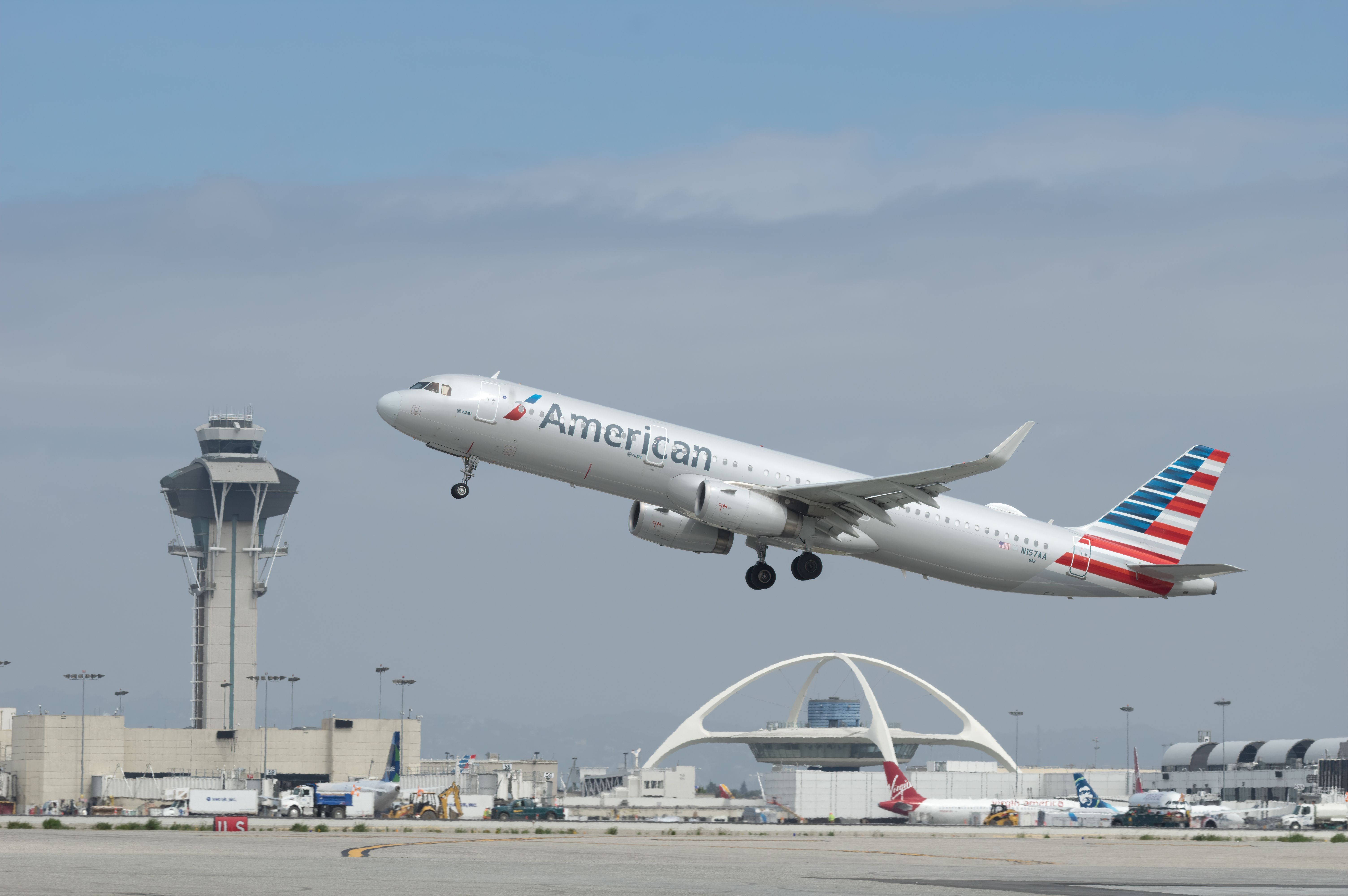
5 Amazing Things About The American Airlines Airbus A321 Transcon
How the transcontinental experience aboard the AA A321T sets it apart from competitors.However, today, the industry is in a completely different situation. The global health crisis has taken its toll on the aviation market across all continents. Most markets have begun a proper recovery, but although schedules are beginning to fill up again, things remain volatile. Airlines are more cautious and work hard to fly the right-sized aircraft to meet market demand. In this case, the A320ceo is an excellent middle-ground aircraft, highly efficient, and not hard to fill.
Nevertheless, the trend for airlines to order larger narrowbodies is a clear shift from the days of the ceo. With the XLR on the horizon, the A321neo could open up thousands more routes, connecting communities who have never enjoyed a direct flight. Its ability to fly significant numbers of people on long routes has made the A321neo a firm favorite with airlines like Wizz, and this further stretch of its range will undoubtedly bring some exciting offerings from the airlines taking delivery.
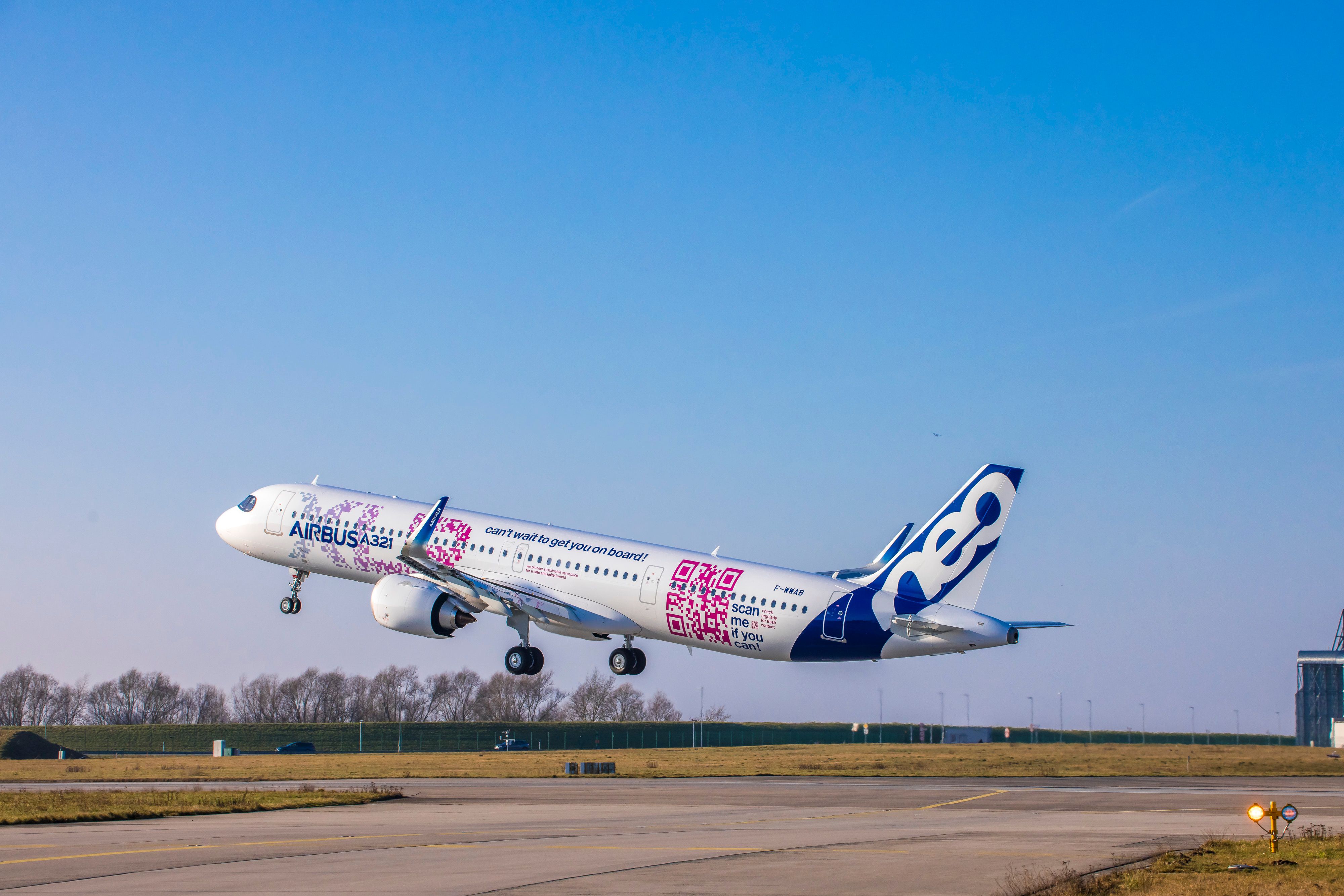
Which Airlines Have Ordered The Airbus A321XLR
Looking at the carrier seeking to take advantage of Airbus' Xtra Long Range performance.Which is your favorite Airbus A320 family aircraft? Which variants have you flown on over the years? Let us know what you think of the jets in the comment section.

